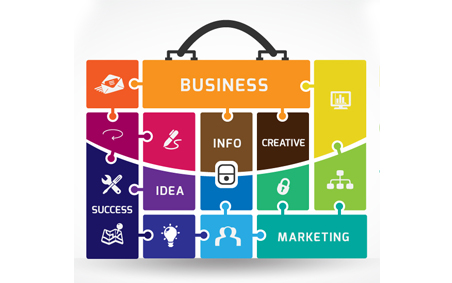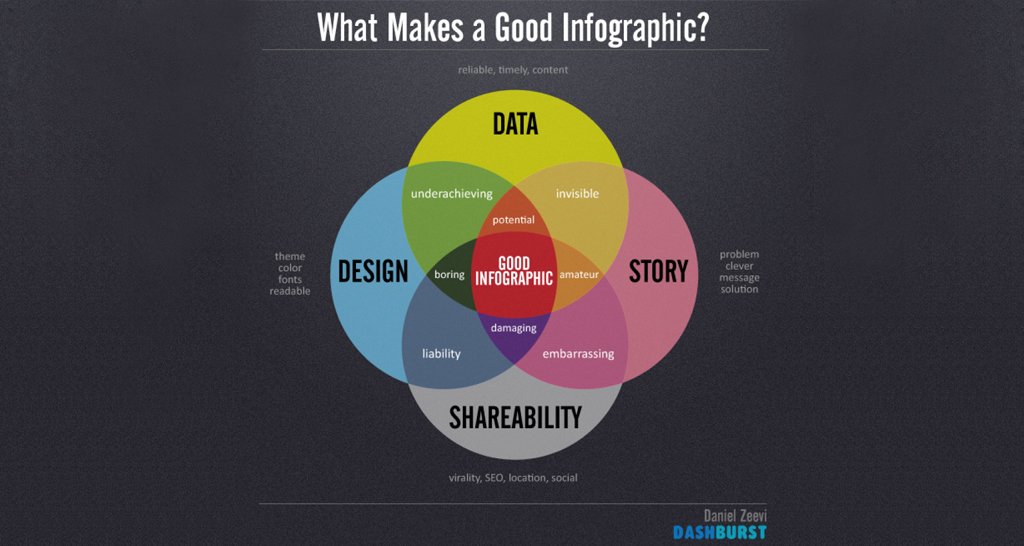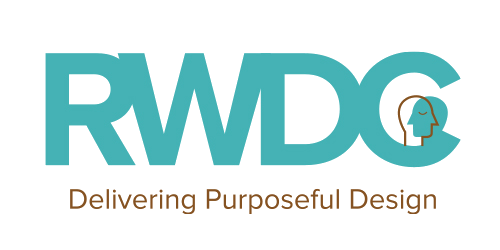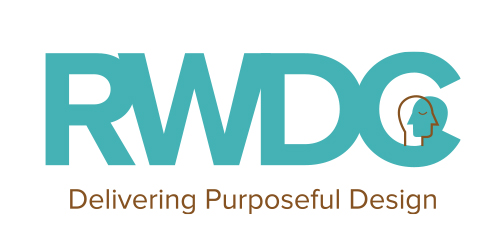Educate
8 Benefits of Using Infographics in Your Content Strategy
By Rachel Won / 18 February 2019 / Tags: Design Insights

Regardless of the topic and design, you could fairly easily see infographics on top-tier publications.
Look at it from a journalist or bloggers perspective. Literally hundreds of marketers creating content which you can write a quick intro for, post, and embed the visual.
All too often someone would pitch up a “bright” idea in a content strategy meeting:
“Let’s design an infographic!”
The quantity being produced increased over a few years and the quality declined. Infographics Should Be a Key Part of Any Content Strategy. Marketers were simply deciding to publish an infographic, without much thought to the story and data behind it. Infographics simply became an easy way to land links.
Times have changed.
But the good news is that, when used in the right way (as a way to present data and tell stories in a visual way), infographics are still highly effective.
Here are eight benefits to using infographics.
1. The Human Brain Process Visuals Better Than Text
It’s perhaps no surprise that our brains process information presented to us in a visual format far better than text.
In fact, it has been reported that we process visuals 60,000 times faster.
It makes sense and it’s one of the reasons why a well-designed infographic remains one of the best ways to increase engagement.
Think of it this way:
As content consumers, we’ve been overloaded with information in recent years. While there are definitely times when a 10,000-word guide is what’s needed, that isn’t always the case.
Data has a bad name for being boring and not really very to most of us, however, when you visualize it, it can take a new form and attract those who likely wouldn’t read it when presented in another format.
2. Infographics Are a Great Way to Tell Visual Stories
The reason why infographics found such a bad name for themselves is that marketers were using them simply as a way to land links. Rather than focusing on a story-first approach and determining the most suitable content form to present data and information, they became a way to land easy links.
We did what we’ve always done as SEOs… abused a good thing when we have it.
It’s no surprise that journalists got fed up with mediocre infographics and it’s still a mistake to pitch out saying ‘We’ve designed this infographic…’
I’m sorry, but no one cares that you’ve designed an infographic.
Journalists cover stories, not content.
It’s the data and stories behind an infographic which matter most but when you can present them in a visual way, stories can really come to life and be seen far more positively than simply sending out a press release or linking to a blog post.
A nicely designed infographic is a powerful content marketing tool; just be sure that it’s the right format to tell your story. They are more attractive. Infographics are more eye-catching than texts, since they usually combine pictures, colors, and content that naturally draw the eye.
3. Infographics Are Easy to Digest
Not everyone has the time to read long-form content, nor do they always want to.
There’s absolutely no reason why you can’t use infographics to supplement your other content efforts.
Infographics are more attention-drawing. Since most people have increasingly shorter attention spans, it is shorter than a fish attention span! People tend to “scan” material as opposed to actually reading text. Infographics help us pay attention to contents for longer time.
Infographics are a fun and engaging medium that can generate a unique connection with visitors to either your site or a location that has featured your infographic. Because it not only visualizes the advice put forward in the text but allows a reader to refer to it visually. The infographic gives context to the content and makes it easier to understand and implement.
Don’t always assume that content formats need to be used in isolation. Use them together to drive engagement and present consumption options for your readers.
4. Infographics Are Linkable
The reason why infographics became overused is because they became a great way to land links, often passively.
Think about it this way.
People are busy with lots of distractions. If they can quickly consume data in a visual way, without having to read through a lengthy press release, they’re in luck. So long as the data is solid and there’s a story they can pull, it’s a great way for them to understand an article.
The infographic was a great way to earn editorial links but wasn’t the sole reason why the link was earned. It was the data behind it.

“Creative problem solving is looking at the same thing as everyone else and thinking differently.” – Albert Szent-Gyorgi, Nobel Prize Winner
5. Infographics Are Shareable
As well as being linkable, infographics are easy to share.
Whether that’s on social medias, between team members or even within blog posts and articles; they’re a great way to share information with others.
In fact, 80 percent of marketers use visual assets in their social media marketing and that tweets with images receive 18 percent more retweets than tweets without images.
Why not consider slicing up your infographic into social-sized cards which can be shared across social? A great way to repurpose and drive further engagement from the content.
6. Infographics Help Establish You as an Expert
You see, given that infographics are shareable and linkable, they’re a great way to help establish yourself as an expert; so long as there’s the right distribution strategy in place.
Carefully plan a series of informative and engaging infographics, combine with a solid outreach strategy, and watch your engagement grow.
7. Infographics Can Help to Increase Sales
Infographics are a great sales tool. Remember the statistics around the human brain consuming visuals better than text?
Let’s say you’re an unknown brand and you’re showcasing what your platform can do.
Why not visualize as an infographic?
Rather than writing out the processes, benefits, and comparable, an infographic could make it instantly obvious to potential buyers as to why they should choose you over the competition.
An infographic doesn’t have to be used as a link building or PR tool.
Think about how you could educate your prospects in a visual way and give it a try.
8. Less promoting Infographics however, it still serves as an effective communication
There’s no doubting the fact that there are lesser mediocre infographics being produced. Infographics can make it easier for people to communicate ideas, concepts, messages and processes with each other, allowing more efficient dissemination of information and transfer of knowledge. Infographics, because of their accessible and viral nature, also have the potential to get spread to all corners of an organization, fuelling expanded internal debate and dialogue.
So long as it’s used as a format to visually tell a story or present data, they remain a great way to attract attention.
Just be sure that it’s the most suitable format and that you have a solid promotion strategy in place.
Don’t waste your time pitching to publishers as an infographic. Simply share the data and the stories and let the infographic enhance these to content consumers.
Conclusion
Infographics aren’t dead, they’ve just been misunderstood and misused for some time.
Bottom line: they’re still a fantastic format when used for the right purpose and can bring fantastic benefits as part of a wider content marketing strategy.
Want to know how we design infographics for your business?
Make your appointment with us
#Infographics
Recent Articles
Design Thinking Critics
Educate Design Thinking Critics By Rachel Won / 8 Jul 2019 / Tags: Design Insights About Natasha Jen Natasha Jen is an award-winning designer and educator. Born in Taipei, Taiwan, she was invited to join Pentagram’s New York office as partner in 2012. In 2014 she was...
Singapore Design Week
Educate Singapore Design Week By Rachel Won / 18 March 2019 / Tags: Design Insights Design Singapore's 3 Main Pillars of Focus Attended Singapore Design Week Event: I find that this topic on Cities of Design is pretty interesting. Unesco Creative Cities of Design...
The Design Thinking Process
Educate The Design Thinking Process By Rachel Won / 4 February 2019 / Tags: Design Insights What is Design Thinking? Design thinking refers to the cognitive, strategic and practical processes by which design concepts are developed by designers and/or design teams....
Engaging Design Studio Benefits
Educate Engaging Design Studio Benefits By Rachel Won / 21 January 2019 / Tags: Design Insights Design studios provide a creative problem-solving method where Designers, Developers and key stakeholders create and explore design alternatives. The design studio offers...
Branding that sticks
Educate Branding that sticks By Rachel Won / 7 January 2019 / Tags: Design Insights Hello to a brand new year! I am Rachel Won, just share with you my design background, a creative designer who has been working for the past 15 years. I have the audacity to setup my...
Everyday Notebook
Educate Everyday Notebook By Rachel Won / 24 December 2018 / Tags: Design Insights I’ve always been captivated by the idea of Journaling. I wanted to make it work for me. But I love the concept of one notebook that holds everything. Lists. Conference notes. Drawing....
Unleash Typography
Educate Unleash Typography By Rachel Won / 26 November 2018 / Tags: Design Insights Typography is everywhere we look. In the books we read, on the website we visit. Even on our everyday lives on street signs, at different shopping malls or even product packaging. To...
Go beyond basic principle of Design
Educate Go beyond basic principle of Design By Rachel Won / 17 September 2018 / Tags: Education The basics of all design. My first design course was to learn all the principles that would then become the backbone of my entire design career. Contrast Repetition &...
Tags
Want to find out more about what services we provide?
How Can We Help You?
Schedule an appointment with us.


